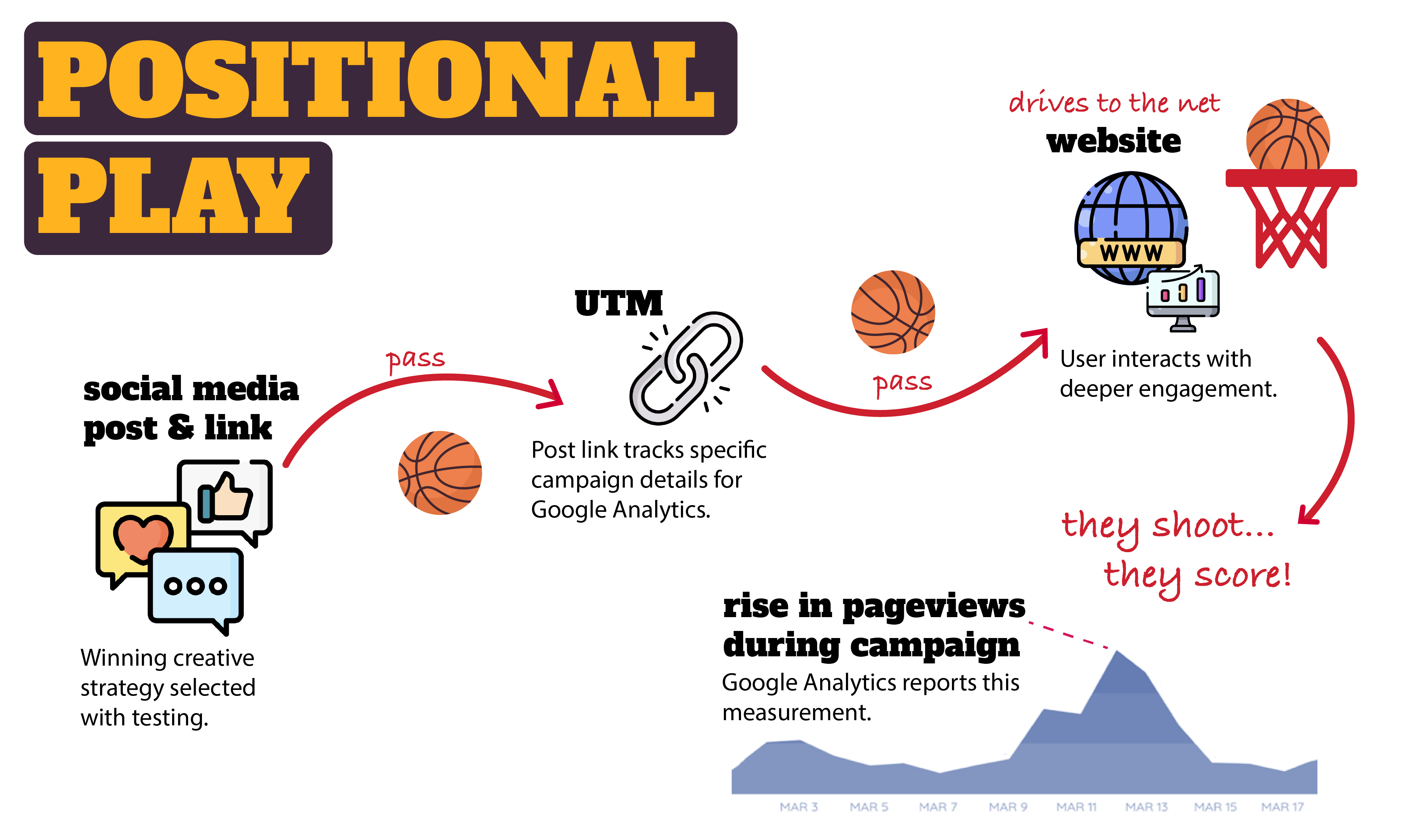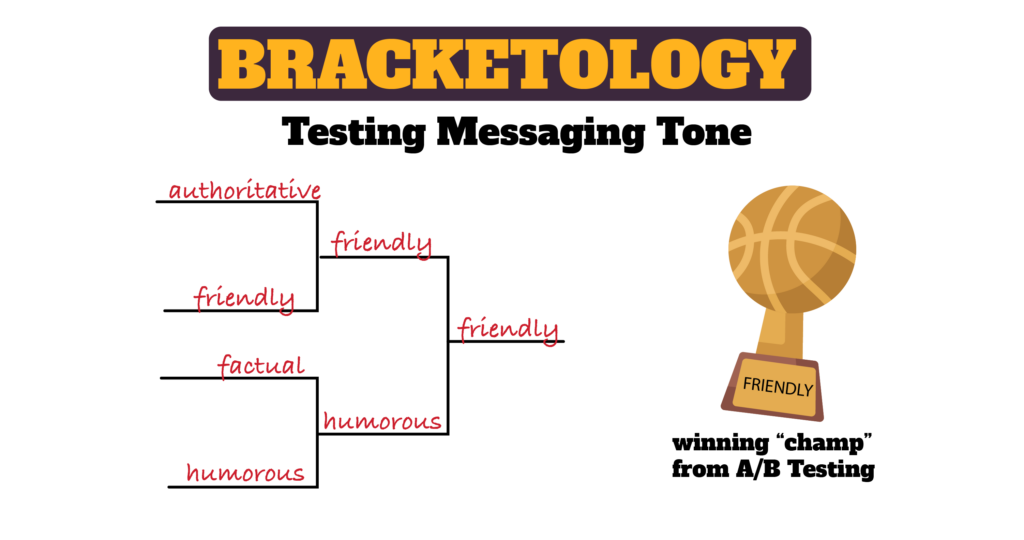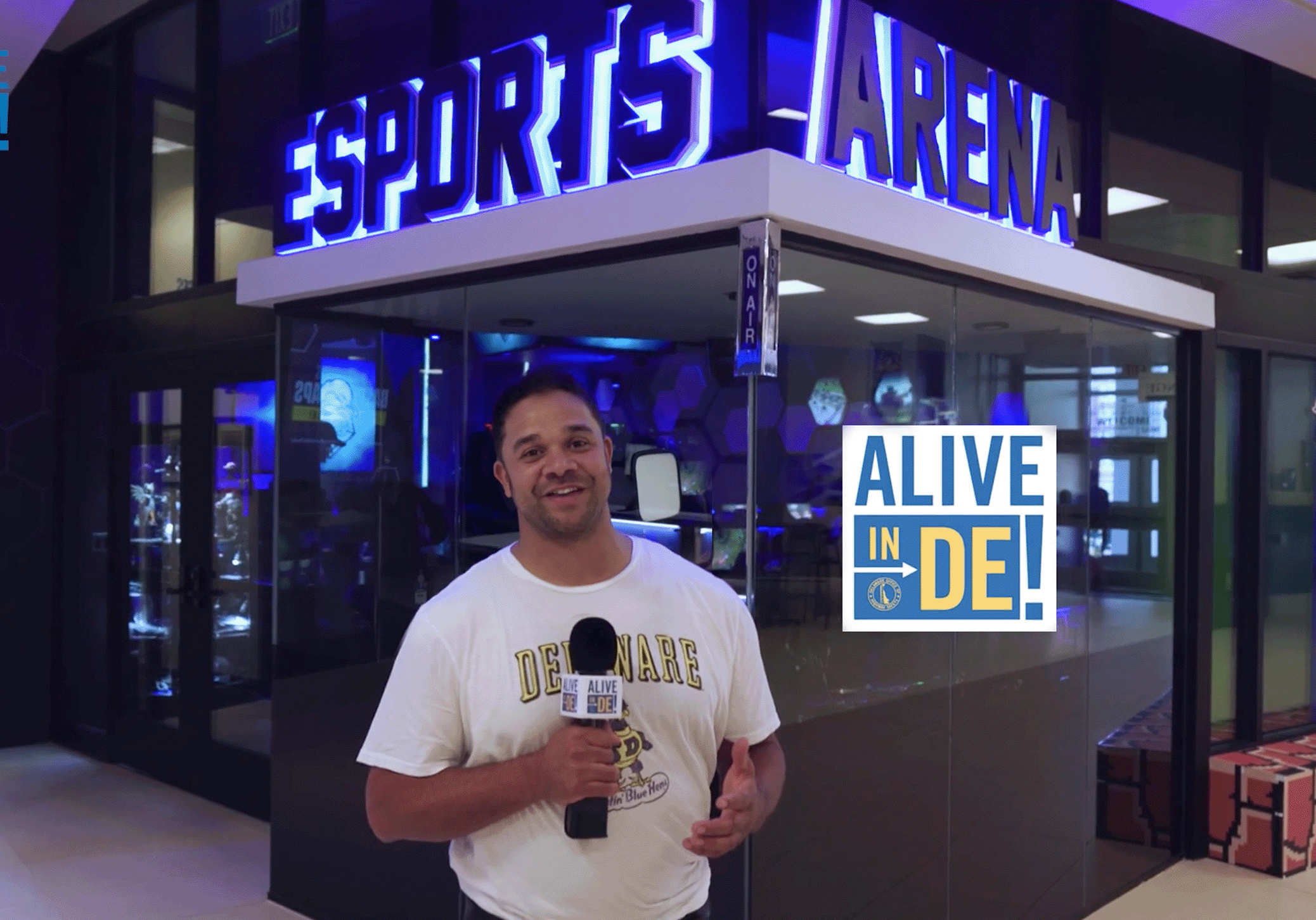Get in Their Head: Understanding Your Target Audience
Much like a coach studies game film to understand an opponent, marketers must delve deep into understanding their target audiences – something we are all familiar with and is crucial to any successful campaign. Take time to clearly define who you are trying to communicate with in your content or ads. Collect specific demographics information such as age, location, employment, income and interests. All of this will help you narrow down your messaging focus and create copy and media that will pique interest (read more about creating the right target audiences).
All content created for the Delaware Office of Highway Safety is based on crash data collected by the client. That data set includes gender, age, location and driving behaviors that may need addressing, such as driving impaired or not wearing seat belts. Based on this information, we then conduct our own research into what topics, themes or approaches will resonate with our audiences when coupled with behavior-changing strategies.
Playbook Precision: Setting Clear Goals
Every piece of messaging you create should have an end goal that, when measured through specific KPIs, will reveal your campaign’s level of success. A campaign that is trying to increase brand awareness is going to measure success very differently than one that is trying to educate an audience or sell items through a store. Pick one goal and stick with it throughout your campaign and testing process.
Next, make sure you set up the right analytics before starting your campaign. Most social media platforms have their own native analytics dashboards; however, adding third-party programs, such as Sprout Social, can give you the big picture as well (and bring a few dimensions to your analyses). If you’re directing users to a website, make sure to have Google Analytics set up on that site before starting. Here’s a quick reference table on which KPI you should measure with each campaign objective:

Partnering with Delaware Office of Highway Safety, we track engagements and conversion metrics. Our posts and content function as public service announcements to achieve our number one priority – educating each Delaware audience on safe driving practices and changing driving behaviors through that new understanding. To effectively track this objective, we follow the user journey from social media to the website through total clicks and CTR, as well as on the website. This is done by using a tracking link in our call-to-action that uses campaign-specific UTM (Urchin Tracking Module) parameters. These parameters allow Google Analytics to find the click and log it accordingly.

Naming Your Champ
Think of marketing variables like teams in the NCAA tournament. There are certain things that can be tested out with specific “matchups” to get your “champion” content. This is where A/B testing can come to the rescue. Some variables to consider testing can include headlines, captions, images, media types and posting types. Note that what plays well on one platform might not play well on others (read more about optimizing your content strategy).

Make sure to give yourself the budget and time to allow each ad to run effectively and provide accurate results. Try to run each test for at least a week to give the ad algorithm time to adjust and learn. Of note, if you’re placing on LinkedIn, compared to other social media platforms it may require a larger budget and a longer time frame to test.
By testing various content for the Delaware Office of Highway Safety over the years, we have gained significant insight into how to effectively address their primary audience, young male drivers. We have assessed many variables to find the top performing content: types of media, interests, messaging approach and platforms. What we learned is that entertaining, high-energy video posts using a borrowed interest approach on vertical platforms, such as TikTok, perform the best. This research and experience culminated in our creation of the Alive in DE video series, one of our client’s most successful, behavior-changing campaigns that helped contribute to a 17 percent reduction in crashes and fatalities.
This branded, storytelling video series takes users across the state of Delaware to a carefully curated set of venues and activities that align with the interests of young adult males, such as e-sports venues, bars and rock-climbing facilities. Each video features one of several rotating young hosts who seamlessly bring road safety messaging into the conversation (i.e., talking about driving sober while visiting a popular beach bar).
This approach broke through barriers and landed well with the target audience, outperforming all expectations and winning the road safety industry’s most prestigious award for innovation. The popular campaign continues today with new videos stories almost two years since its launch.





